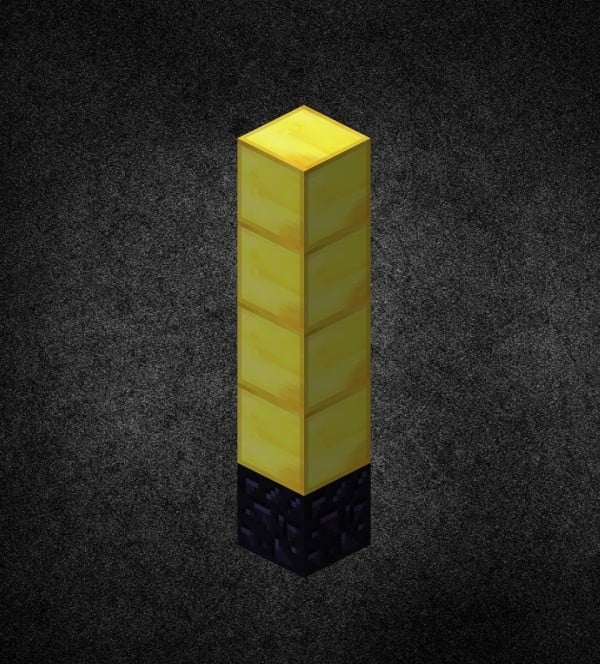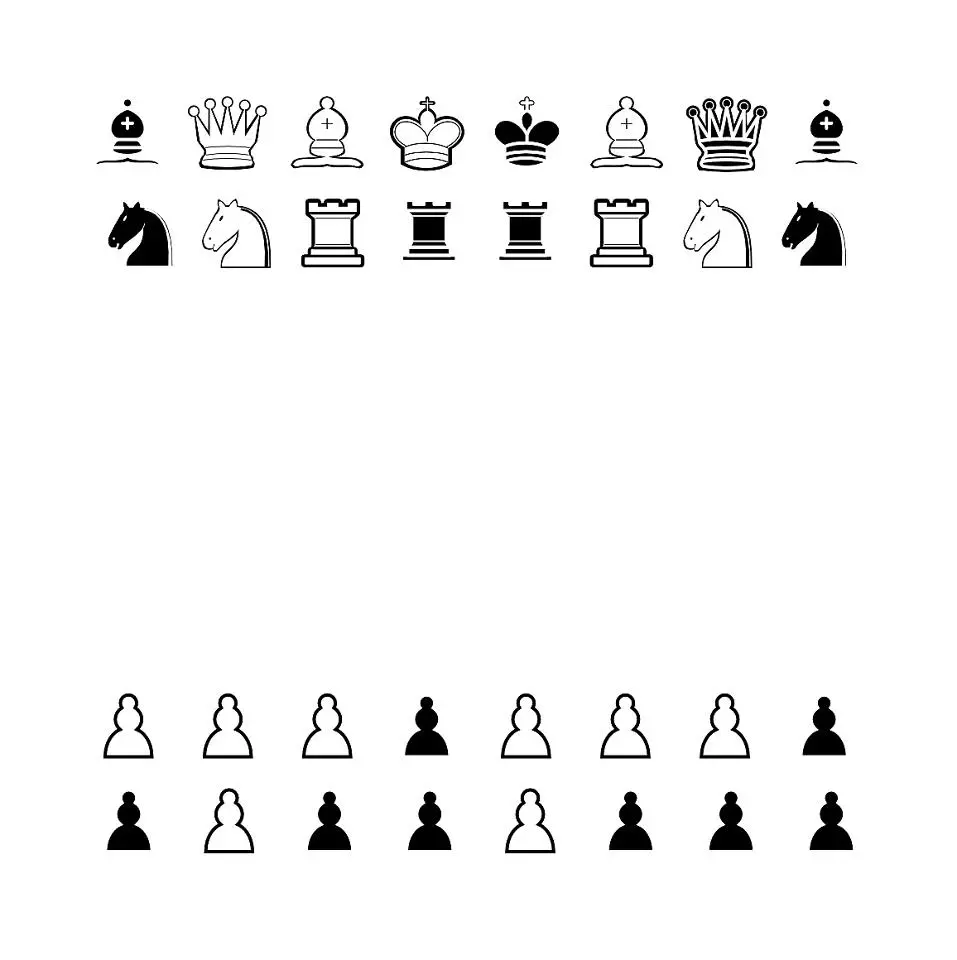I’m trying to resolve an argument.
EDIT: Yes, you can. But you can’t digest it. The only edible parts of a tree are some specific types of tree bark. Thanks, everyone!
You can eat anything if you’re brave enough
deleted by creator
I once ate a burrito that was free if you could finish in one sitting, it was 6lb. It weighed around the same as my first child when he was born.
For the first few hours of his life, all I was thinking was “how the fuck did I eat something the same weight as you”
Maybe because it was free and you were hungry; who wouldn’t love a burrito for free?
💀
The real question is “Can a woodchuck Norris?”
You can ingest it, but you can’t digest it and it won’t provide much if any nutrition. It’ll probably make you constipated though.
So a good suggestion for the no-poop three days challenge !
Saw dust have been mixed with flour multiple time in history during famine period. However it was mostly done to increase profit, not for its nutritional value and multiple bakers have been killed by angry mob because of that.
See also: Bark bread, aka “pettuleipä” in Finnish
So while eating wood may not kill you, serving it could?
William Osman and crew attempted to find the breaking point on this in his video “How Much Sawdust Can You Put In A Rice Crispy?”
This guy Jesse on Alone Season 5 was running out of food and had read about native tribes creating bread from tree bark, so he stripped some off a pine tree and ate it. It seemed edible but hard to pass. The video shows the aftermath, basically he had to tap out and be rescued due to severe abdominal pain. However, apparently it is a thing, I’m not sure how you could do it in a way your stomach can handle though, and most likely it has to be specific species of trees.
You shouldn’t eat anything from a pine tree. Or even cook with pine wood. You might be able to eat bark from some other type of tree, but pine is toxic.
This simply isn’t true at all and I have no idea why you would even make that up. Pine is the most diverse family of conifers with over 800 different species, many of which are used in a variety of cuisine and teas. I’ve been chewing on white pine needles all my life as they’re known to be rich in vitamins and help reduce dehydration.
Then there’s the fact that almost all species of pine produce edible nuts. The species that produce the largest nuts are cultivated for commercial sale which is why you can find pine nuts in high end grocery stores and fine cuisine.
In fact, spruce tips are a fantastic source of vitamin C and one of the main reasons why scurvy is historically all but unknown in indigenous populations in regions where spruce thrive (which is damn near everywhere). Furthermore, spruce tips have also been added to beer during brewing, and made into tinctures, bitters, etc. for thousands of years. There are very few conifers that are unwise to harvest from, and most of them have flat/fanned needle sprays, so they’re easy to avoid. 🤘🏼🤓
Spruce isn’t pine. So now I question whether those replying know the difference between a pine tree and a conifer. They’re not all the same.
Because I’ve been told by every single scout master and naturalist my entire life that pine resin is toxic and not to eat pine needles, cones or bark or to use pine wood in a cooking fire.
They were always referring to a singular type of tree. Not the entire family Pinaceae. If that tree has another name, I don’t know it.
They’re probably thinking of treated pine. Fairly common construction material, and toxic to cook with because of the things it is treated with, like arsenic, to make it a better, longer-lasting construction material.
You can eat absolutely anything at least once.
“All mushrooms are edible. Some are only edible once.” - Terry Pratchett
Depends on the wood. Some wood we use for spices like cinnamon so you’ve probably already eaten that. But other types of wood are considered toxic not only to consume, but to the plants around it. Take what I say with a grain of salt as I’m certainly no expert on the matter.
Hemlock comes to mind, as with or without your proffered grain of salt, it can be eaten but is definitely not edible. Those defs are posted in a non-pedantic way above, incidentally.
Also, thanks for the chance to use the word ‘proffered’ in conversation, it’s vanishingly rarely used outside the legal field.
I think you’re confusing the hemlock tree https://en.m.wikipedia.org/wiki/Tsuga
With poison hemlock https://en.m.wikipedia.org/wiki/Conium_maculatum
The tree makes the best bedtime tea I’ve ever had. The herb is a common poison notorious for killing Socrates. You’re still technically accurate, but they’re very different plants.
I just got started testing Google Bard, so I fed this question to it and got this reply:
No, humans cannot eat wood. Wood is made of cellulose, which is a type of fiber that is not digestible by humans. If you eat wood, it will pass through your digestive system without being absorbed. In some cases, eating wood can cause blockages in the digestive tract, which can be dangerous.
There are some animals that can eat wood, such as termites and beavers. These animals have special enzymes that help them to digest cellulose. Humans do not have these enzymes, so we cannot eat wood without getting sick.
Bard says “we” cannot eat wood… OK Bard, then try a Cheeseburger.
Bard is wrong. Look at any vitamin/supplement type pill bottle. Cellulose is listed in almost every one.
I looked up cellulose and it does say that it is used in some drugs and other consumables yeah, but it’s still indigestible, so it wouldn’t give you any nutrients to survive if eaten by itself, I guess.
What about those dried wood snacks?
dried wood snacks?
I have never heard of this and I can’t find anything online.
Got a link?
I think our dude’s been eating potpouri.
https://www.healthline.com/nutrition/oak-bark
Ohh, so it seems like bark is edible but wood isn’t. Definitely chimes with other answers above.
So what you are saying is, we just need to put wood and beaver enzymes in a blender…
Depends on your definition of “eat”.
If you mean “Can be chewed and swallowed without causing undue harm”, then, yeah, you can eat wood. Well, most wood, I’m sure there’s some out there that are some level of toxic to humans.
If you mean, “can be consumed as a source of nutrition”, then, no, you can’t eat wood. Humans lack the capability to digest it.
OP:

Sure you can but you probably shouldn’t…
i remember reading about how in some parts of the world (north America?) they used to process the wood of some trees to use as flour.
Humans do eat anything, I think the question should rather be "Can eating wood be nutritive or pleasant (or ethical 🤷)? "
Oh right, I just remembered that Norway did make something like “bark bread” in the past during famines, and that linked Wikipedia article says:
The inner bark is the only part of a tree trunk that is actually edible; the remaining bark and wood is made up of cellulose, which most animals, including humans, cannot digest.
I should think you can, depending on the wood, many can be toxic.
The bark of a Willow tree is used to make Aspirin, we smoke paper and eat many plants with less woody stems. There are certain other barks and cambium (the soft layer between the bark and the wood) that contain nutrients, such as birch, pine, elm and a few others that have been eaten by our ancestors for centuries and even have medicinal properties. We also grate cinnamon and a few others as spice. Dog food is often bulked up with ash.
The real issue is that the hard cellulose in the actual wood part is not particularly digestible and basically pure fibre and devoid of any real nutrient value. So it would need to be boiled or blended first I imagine, or steeped as a tea. It would be revolting or taste like nothing and probably give you constipation but I doubt you would die.
As a raw bite of a chunk of wood, no. It would be considered inedible.
Cinnamon is tree bark.

















